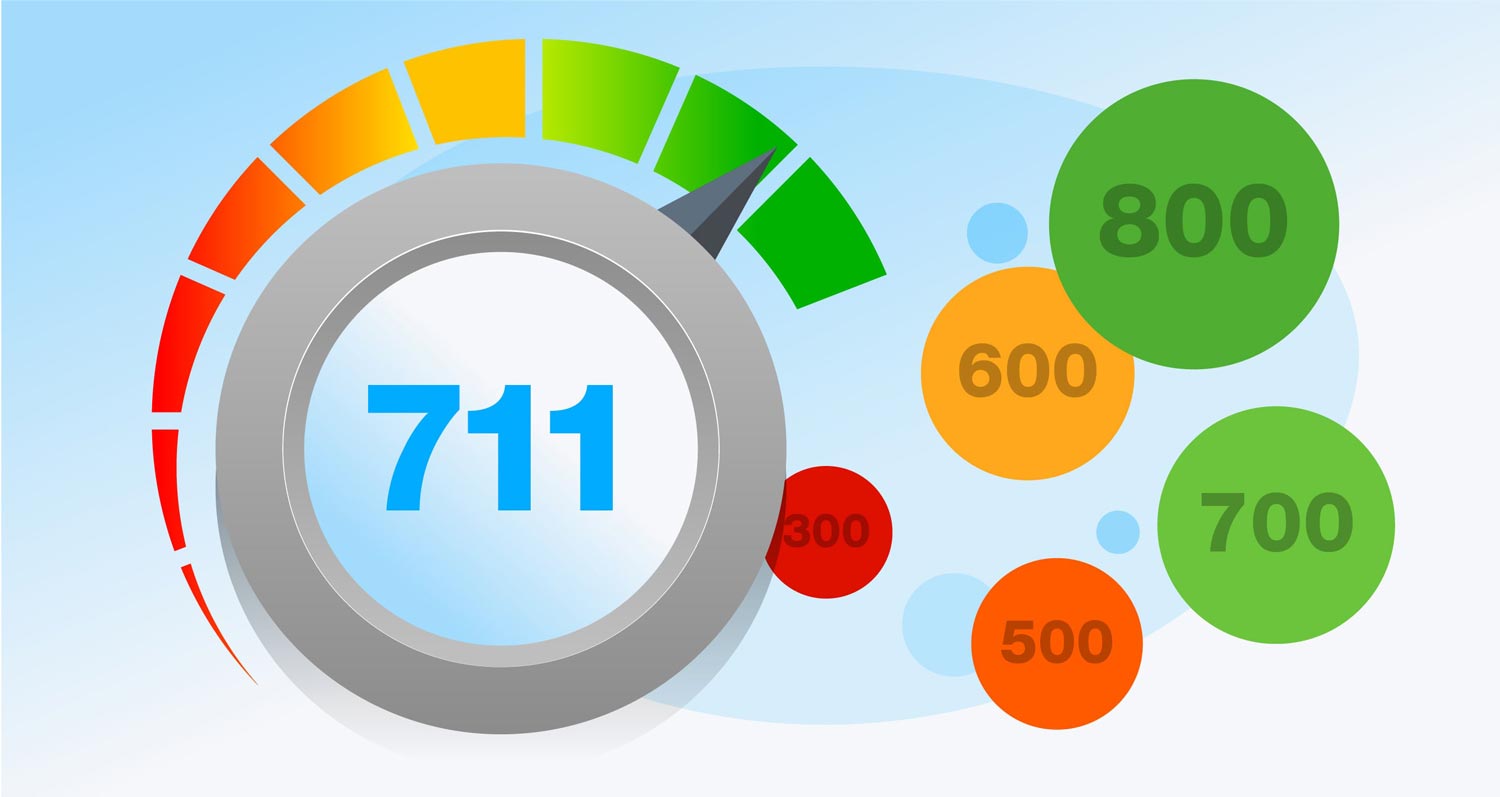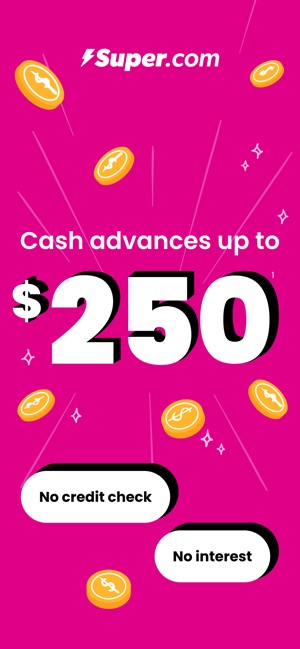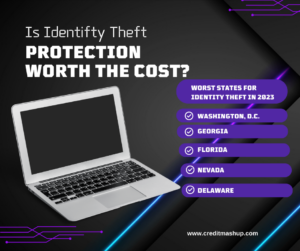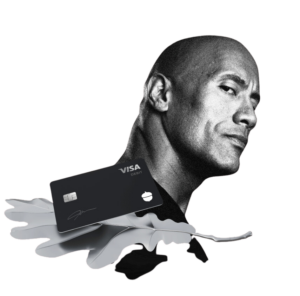Not every U.S. consumer has a credit score. If this is you, there are several simple actions you can take when you have no credit score and no credit history. And, it may only take 6 months.
Typically, in order to have a credit score, your credit reports must have:
- At least one account opened for six months or more, and
- At least one account reported to the credit bureaus within the past six months.
Here are the types of credit that approve people with no credit history or score:
Credit Builder Loan for No Credit History
Ava Credit Building Card
The Ava credit card is a credit-building tool designed to help you build a positive credit history without the need for a credit check or a security deposit.
It works by allowing you to make small, approved subscription payments and automatically paying them off from a linked bank account, which is reported to all three major credit bureaus to build your credit history and score.
While it has a credit limit of up to $2,500, your initial spending is limited to a low amount (like $25/month), and the purpose is not to function as a traditional credit card for major purchases.
Credit Card for No Credit History
opensky® Secured Visa® Credit Card
The opensky® Secured Visa® Credit Card is a no credit check secured credit card that requires you to place a minimum $200 FDIC-insured deposit as collateral.
That deposit is your credit limit. No credit check required – 89% approval rate with zero credit risk to apply! OpenSky® reports to all 3 major credit bureaus each month. Learn more about the opensky® Secured Visa® Credit Card
Actions to build a credit score in 6 Months
Always Make Timely Payments
Credit scores are designed to predict if you’ll make payments on time. Payment history makes up 35% of a credit score. That’s why paying creditors on time matters the most to improve a credit score.
One late payment can negatively impact a credit score by as much as 100 points.
Reduce credit card debt
The amount of debt you have makes up 30% of a credit score, it is formally referred to as credit utilization. Credit utilization is a measure of the amount of available credit you are using. For example, if your balance is $300 and your credit limit is $1,000, then your credit utilization for that credit card is 30%.
To create a good credit score, the amount you owe must remain low. You want to maintain as much space as possible between your available credit limit and your account balance. Have lots of available credit is a measure of good credit management.
Manage different types of credit accounts
Your overall credit profile should include different types of credit accounts, including credit cards, lines of credit, mortgage, personal or car loans.
When you manage different types of credit it helps create a diverse credit portfolio. Managing different types of credits accounts for 10 percent of your credit score.
Minimize Hard Inquiries
You can potentially lose points every time you apply for a new credit card or loan and your credit report is pulled. This is called a hard inquiry. Having your credit report pulled when you apply for credit is almost impossible to avoid but you can avoid too many credit inquiries. Don’t waste hard inquiries on lots of retail and store credit cards.
When building credit, stick to major credit cards like Visa and Mastercard. Although FICO Scores only consider inquiries from the last 12 months, inquiries remain on your credit report for two years.
Use your credit card responsibly each month
You must use your credit card in order to build a credit score, but you must manage the card responsibly. That means use the card every month for expenses that you would typically pay for with a debit card or cash. And then, be sure to pay this card in full every month.
This type of credit card management will help improve your score because positive activity will be reported every month. Once the statement posts, pay it in full which will be reported to the credit bureaus.
Pay your credit cards twice a month
Using too much of your available credit can kill a credit score. To improve your credit scores maintain a 30 percent or less level of debt. An easy way to put this to practice is to pay your credit cards twice a month.
This way, even if you’re using the cards throughout the month, a mid-month payment can pay the card back down to a level that stays below the 30% threshold.
With no credit scores, it can be difficult to borrow money at affordable interest rates and favorable terms. But there are fairly simple actions can help build credit when you have no credit score and no credit history, without causing too many hard credit inquiries.
























